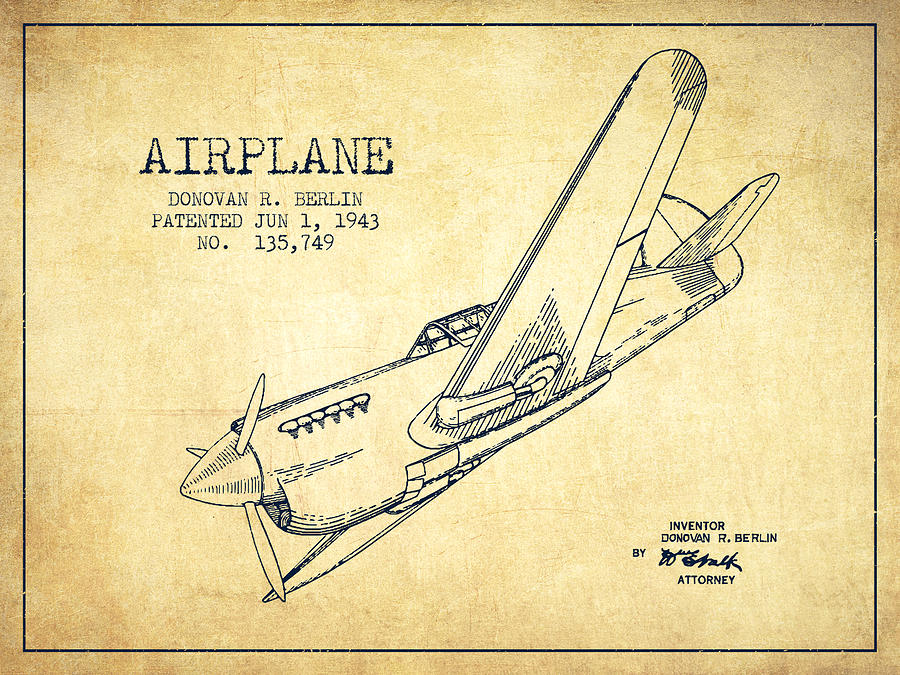- Joined
- 26 May 2006
- Messages
- 32,625
- Reaction score
- 11,787
hesham said:anther amazing one.
https://patents.google.com/patent/US1358527A/en?q=airplane&inventor=Glenn+H.+curtiss&oq=Glenn+H.+curtiss+airplane
Why is this posted under "really weird aerospace patents"? It is a standard design patent for a conventional aircraftWhat was this Donovan R. Berlin aircraft ?.

Airplane patent Drawing from 1943-Vintage #2 by Aged Pixel
Airplane patent Drawing from 1943-Vintage #2 Digital Art by Aged Pixelpixels.com
Maybe because it IS a Curtis P-40.Why is this posted under "really weird aerospace patents"? It is a standard design patent for a conventional aircraftWhat was this Donovan R. Berlin aircraft ?.

Airplane patent Drawing from 1943-Vintage #2 by Aged Pixel
Airplane patent Drawing from 1943-Vintage #2 Digital Art by Aged Pixelpixels.com
Yes,but it looks like a familiar designers,such as Curtiss or North American ?.
